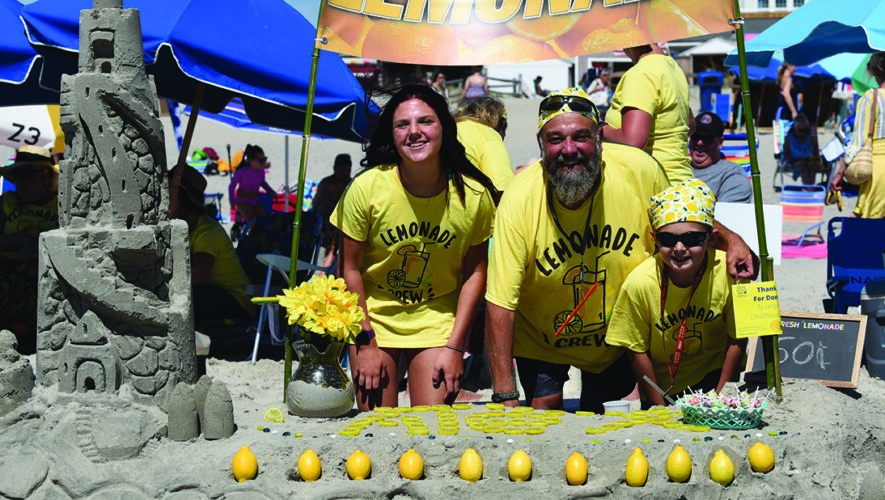OCEAN CITY — For the fourth year in a row, the upweller at the Bayside Center has been used to help restore the back bay ecosystems.
This year, volunteers and partners helped grow about 50,000 oysters and worked with the state Department of Environmental Protection, which released them into Great Egg Harbor Bay on Nov. 3. The exact location was not released for their protection.
The 50,000 oysters were provided the moment they were born as seeds by Rutgers and placed in the upweller to continue to grow.
Upwellers work by supplying water from the bay to the tank where they grow. It drains from the bottom up, providing all of the nutrients necessary to grow. Oysters are separated by size weekly into different silos within the upweller to limit competition among them.
The point of the project is to grow more oysters. It is hoped that each oyster will reproduce, thus creating a mass number of new oysters.
According to Eric Rosina, president of ACT Engineers, diseases in the 1980s wiped out a lot of the oyster population in the back bays throughout New Jersey. He said the project helps restore both the oyster population and water quality.
“The idea of raising them in the upweller gets the whole process started again,” Rosina said. “A single full-grown oyster can process 50 gallons of water a day and there’s 50,000 in there. When oysters are growing and cleaning the bay, the water quality improves and when the water quality improves, then biodiversity improves.”
None of the oysters raised at the Bayside Center will ever be consumed by humans as all are strictly for restoration purposes. When an oyster is first born in the wild it cements to something in the water or another oyster.
These oysters when first seeded were put into a tank with sand so that they would set on a grain of sand.
Oysters will only set once in their life, so those from the tank will never set again but remain free floating or placed along the wetlands, but when they reproduce the larvae will set onto other oysters, bulkheads or any other structure they may find.
The new larvae created through this system will help to continue to cleanse the waters and restore the ecosystem.
By DELANEY CRAWFORD/Special to the Sentinel


